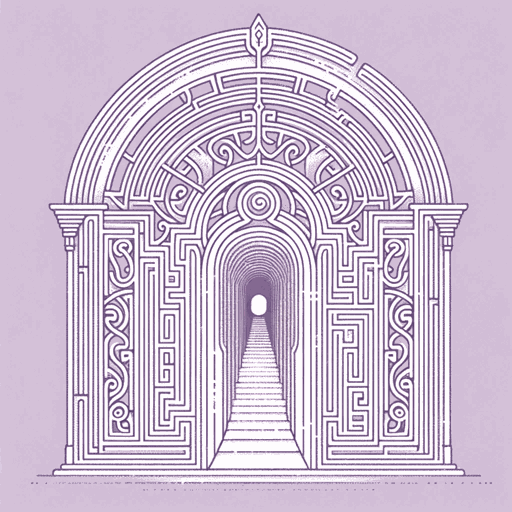69 pages • 2 hours read
Rick RiordanThe Battle of the Labyrinth
Fiction | Novel | YA | Published in 2008A modern alternative to SparkNotes and CliffsNotes, SuperSummary offers high-quality Study Guides with detailed chapter summaries and analysis of major themes, characters, and more. For select classroom titles, we also provide Teaching Guides with discussion and quiz questions to prompt student engagement.
Symbols & Motifs
Awakening Powers
Riordan depicts growing, awakening, and re-awakening powers to foreshadow the battles to come and to symbolize personal development. On the Olympian side, demigods like Percy and Nico develop abilities that are specific to their godly parents. Neither demigod can initially control his strength. Through trial and error, they learn to manage their powers, which still cause physical discomfort to the half-bloods and are barely enough to contain the Titan army. Riordan suggests that a huge expansion of power will be necessary for the imminent war.
The stages of development for divine abilities align with the stages of the demigods’ personal development. At the Triple G Ranch, Percy decides to be a different kind of hero than Hercules, which is the moment his powers awaken. By the end of the book, when Percy has matured, he can control the output of his powers to save Juniper, though his lingering pain denotes that he still has room to grow. Nico’s growing strength aligns with his growing anger and thirst for vengeance. As Nico works through his grief and forgives Percy, he controls his power more effectively: He faints after the battle of Camp Half-Blood, but this does not indicate another decline in his mental state.
Related Titles
By Rick Riordan
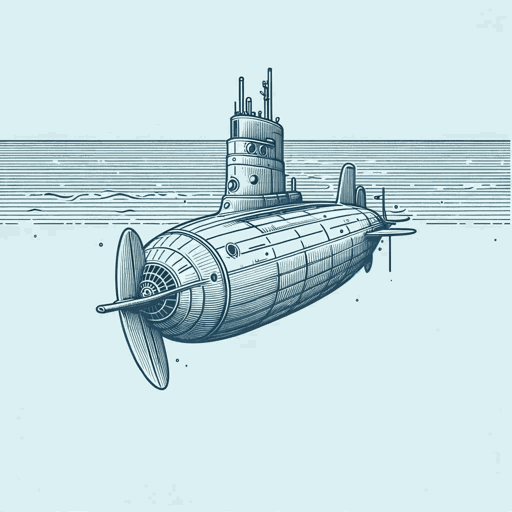
Daughter of the Deep
Rick Riordan
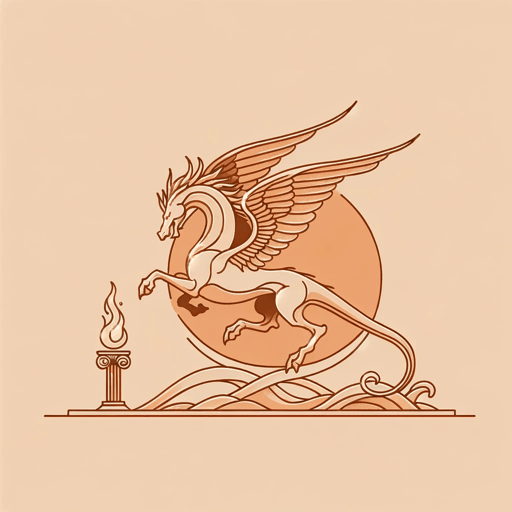
The Blood of Olympus
Rick Riordan

The Dark Prophecy
Rick Riordan

The Hammer of Thor
Rick Riordan

The Hidden Oracle
Rick Riordan

The House of Hades
Rick Riordan
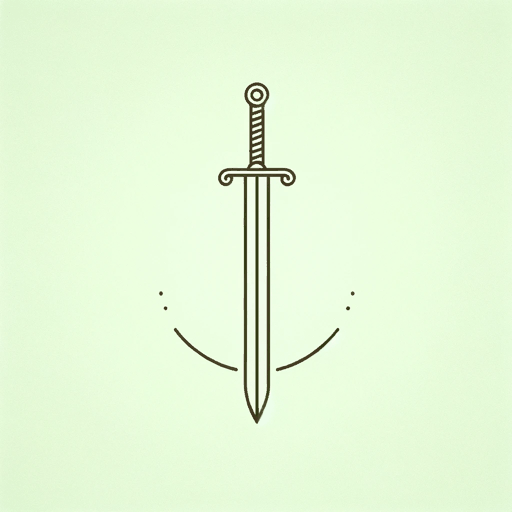
The Last Olympian
Rick Riordan
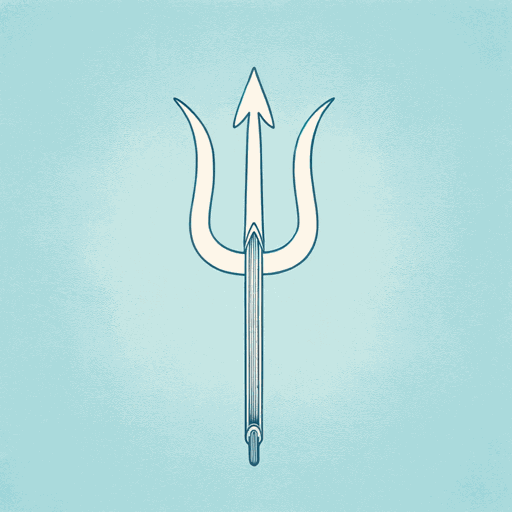
The Lightning Thief
Rick Riordan
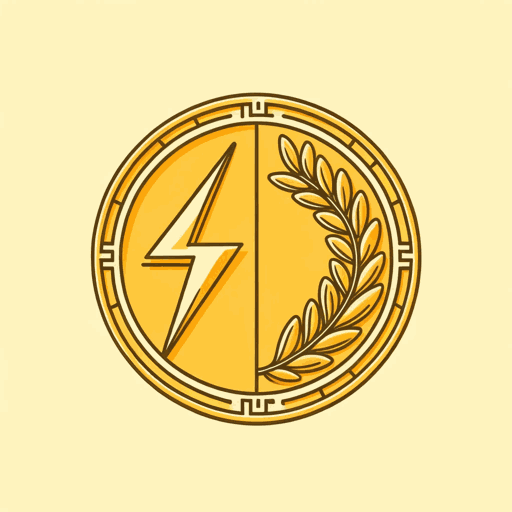
The Lost Hero
Rick Riordan
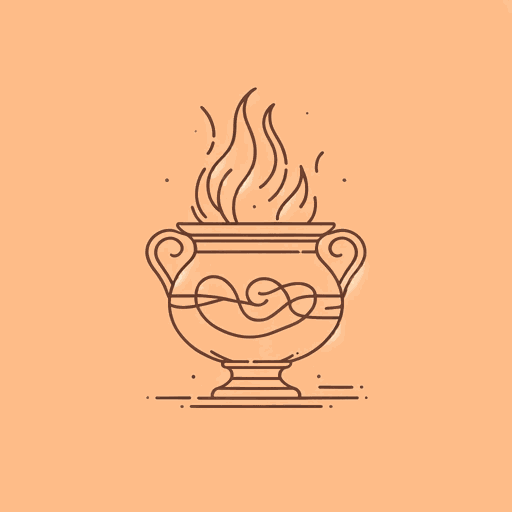
The Mark Of Athena
Rick Riordan

The Maze of Bones
Rick Riordan

The Red Pyramid
Rick Riordan

The Sea of Monsters
Rick Riordan
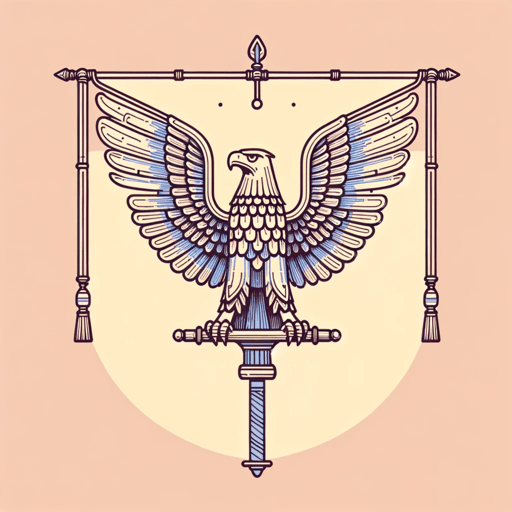
The Son of Neptune
Rick Riordan

The Sun and the Star: A Nico di Angelo Adventure
Rick Riordan, Mark Oshiro
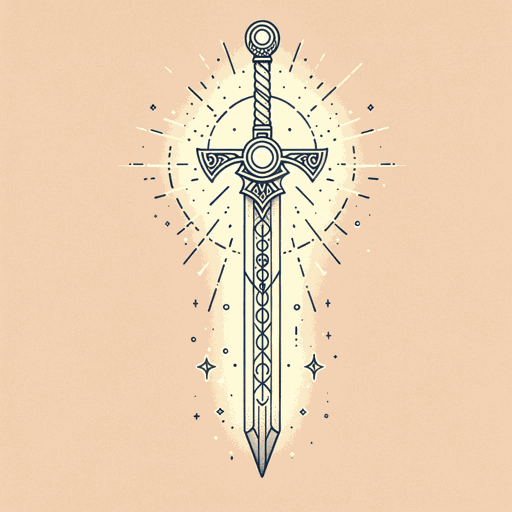
The Sword of Summer
Rick Riordan
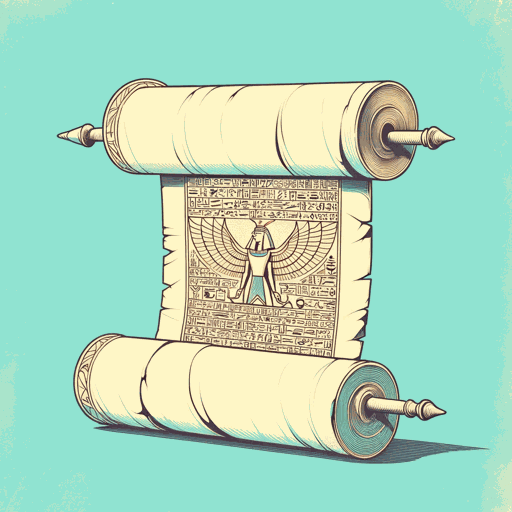
The Throne of Fire
Rick Riordan

The Titan's Curse
Rick Riordan

The Tower of Nero
Rick Riordan

The Trials Of Apollo, Book 1: The Hidden Oracle
Rick Riordan
Featured Collections
Action & Adventure Reads (Middle Grade)
View Collection
American Literature
View Collection
Animals in Literature
View Collection
Books About Art
View Collection
Childhood & Youth
View Collection
Climate Change Reads
View Collection
Earth Day
View Collection
European History
View Collection
Fantasy & Science Fiction Books...
View Collection
Mythology
View Collection
Teams & Gangs
View Collection
